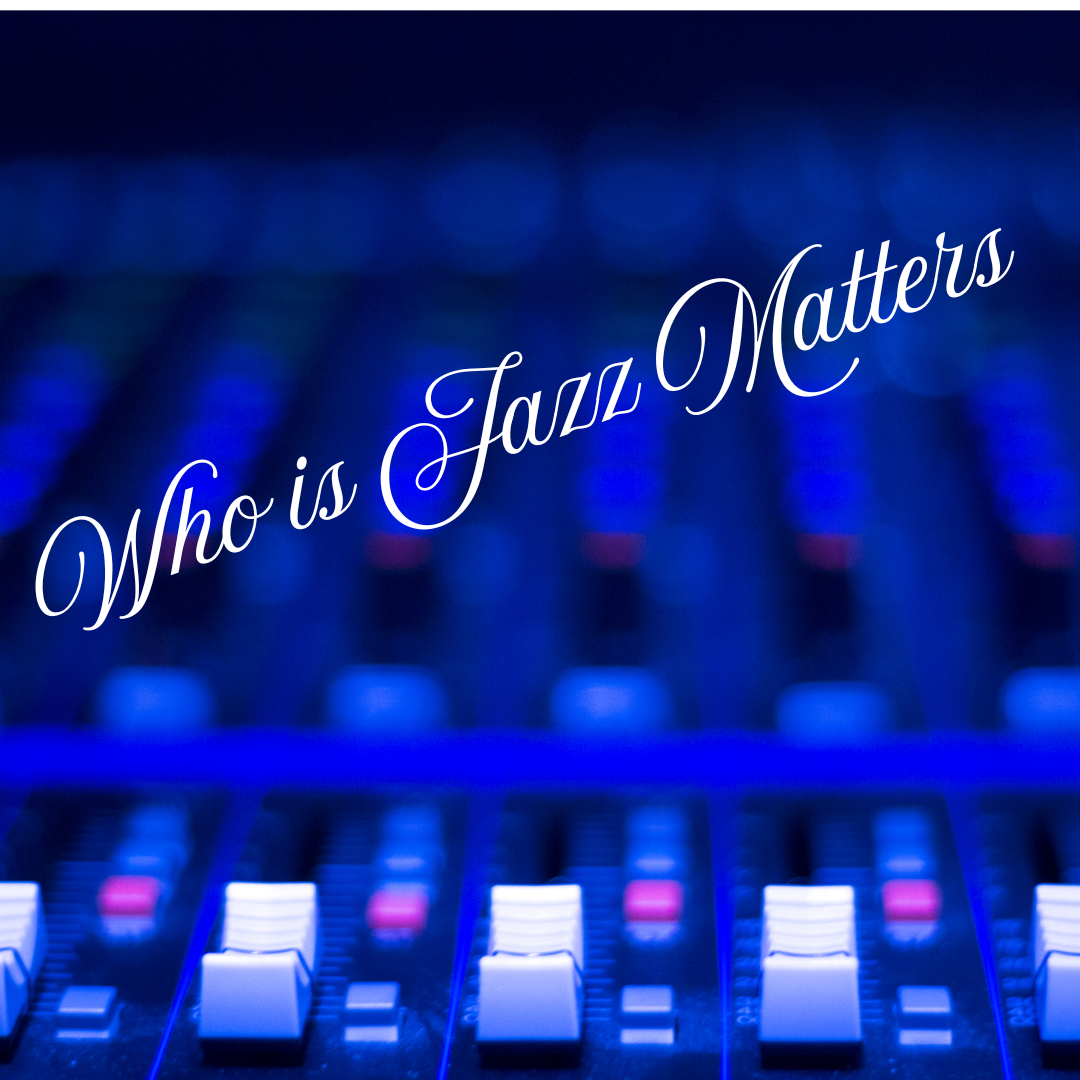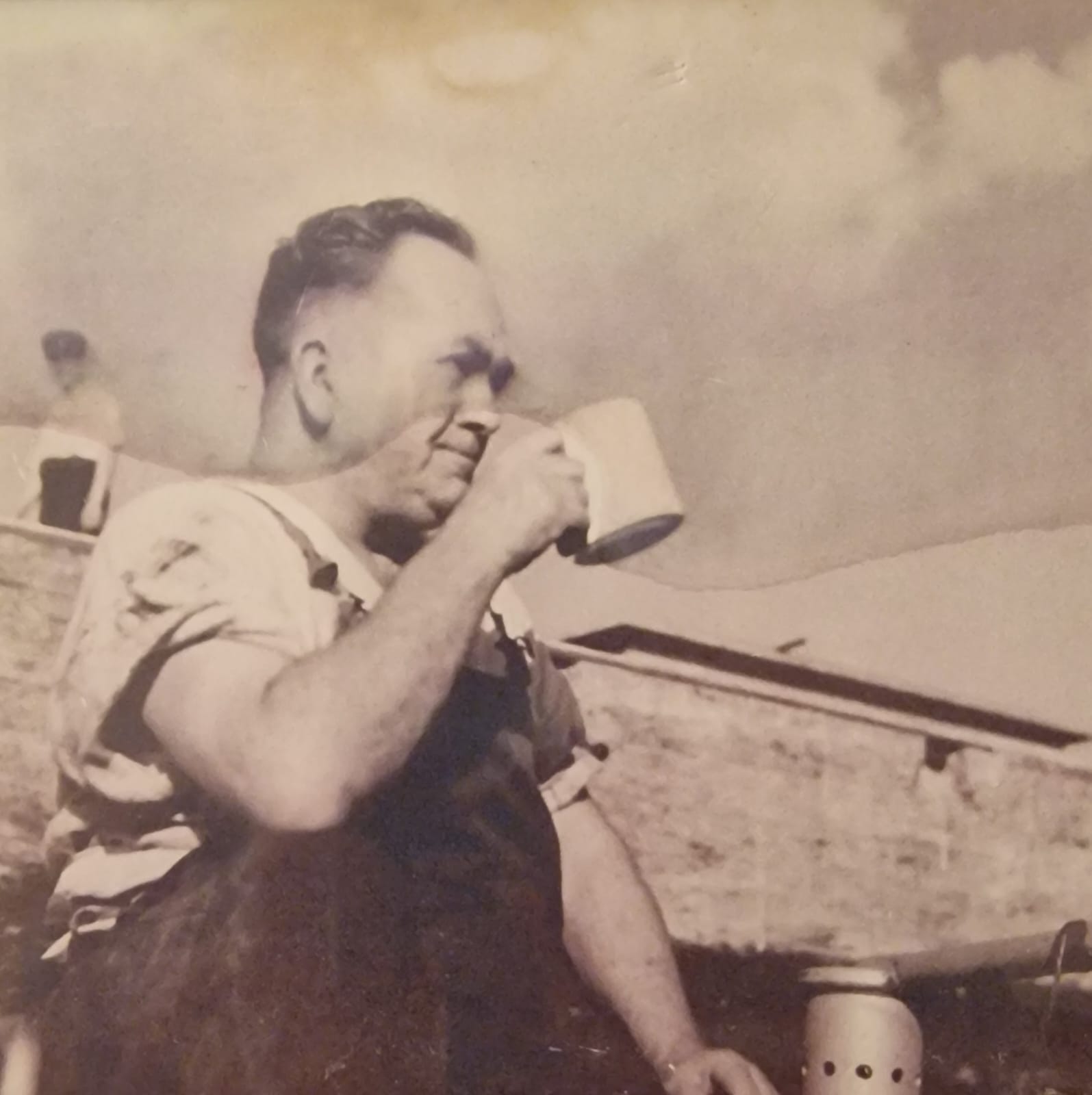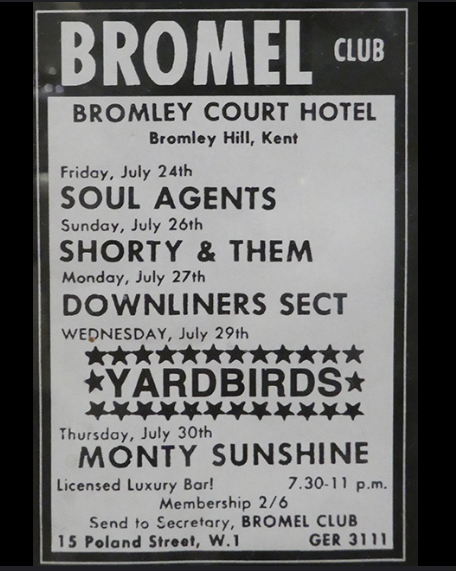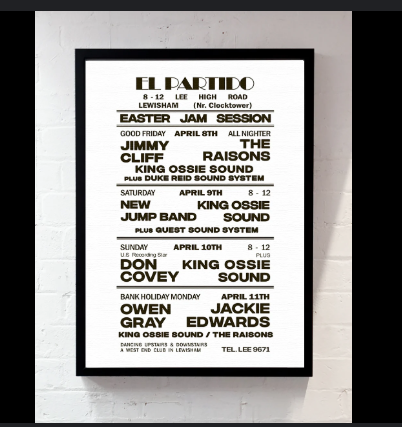In the Blood: My Jazz Inheritance Across Generations - Part 1

Some musical journeys begin with a moment. Others, with a slow burn. Mine started in the company of a quiet, dignified man with a vinyl collection, war stories, and an open heart. My grandfather, a jazz and classical music devotee with wanderlust etched into his bones, passed along something greater than a love of sound—he passed me a way of life, a perspective, a lens through which to hear the world.
Every weekend I spent at my grandparents’ home as a child became a private masterclass. The house was a sanctuary of sound—Ellington’s swing brushed shoulders with Vivaldi’s violins, and Mingus’ roar followed Debussy’s hush. My grandfather and I would sit for hours, sometimes speaking, sometimes not, letting the music do the talking. He taught me how to listen, not just hear. Miles Davis wasn’t background music—he was a mood, a conversation, a meditation. Coltrane wasn’t just blowing notes—he was blowing truth.
These sessions weren’t structured lessons, yet they carried the weight of oral history. He’d flip records with reverence, nodding at Mingus like an old friend, pausing over Billie Holiday’s voice with the same gravity one might reserve for scripture. He told stories, not just of the artists, but of himself—stories that, in retrospect, shaped me more than I realized at the time.

A Merchant Seaman's Soundtrack - Long before I was born, my grandfather's own ears were opened halfway around the world. In 1917, still a young man, he joined the merchant navy amid the global chaos of the First World War. On one of his voyages it ended dramatically, his ship was torpedoed in dangerous waters. They limped into Australia for safety, and rather than board another ship straight away, he stayed for three years, he worked his way around the Australian coast, taking in its wildness, earning his keep, and collecting stories.
After Australia, he sailed again, this time to Chile, and then across South America. Over several years he found work, learned languages, and wandered his way toward Rio de Janeiro. And then came the final leg, another merchant ship, this time bound for New York.
New York in the early 1920s was a powder keg of invention. Harlem was rising. Tin Pan Alley was grinding. And jazz wild, untamed, untouchable, jazz was pulsing through the city’s veins. For a man who had heard only fragments of ragtime and early syncopation in port cities, New York was his awakening. He described it to me as a flame he didn't know he was carrying suddenly catching fire. That first blast of live jazz on American soil, no record player, no scratchy gramophone, just real brass, reeds, and rhythm, changed him forever. And when he came home to England, he brought that fire with him.
From His Ears to Mine - By the time I arrived on the scene decades later, jazz was already part of the family fabric. My grandfather had slowed down physically, but never musically. He maintained an extensive collection of LPs, that lined like sentries on shelves. While the world outside raced through trends, his living room remained rooted in Ellington, Parker, Davis, Coltrane and the occasional dash of classical elegance from Saint-Saëns or Satie. He wasn’t rigid, he was reverent.
He didn’t push his tastes on me, he invited me in. He never said “you must love this.” He simply played it, and if I asked, he’d tell me why it mattered. Why Coltrane’s “Alabama” wasn’t just a song, but a cry. Why Ella’s phrasing was a lesson in grace. Why Debussy’s "Clair de Lune" and Miles' muted horn shared something ineffable in tone and touch.
Those early sessions taught me that music was both history and prophecy. It carried memory, emotion, and dreams. And though I didn’t realize it then, he was planting seeds that would flower in clubs, record shops and friendships for decades to come.

The Bromel Club: Baptism by Blues and Psychedelia - Fast forward to my mid-teens, and the baton was passed in another way. My first real live gigs. Not some sanitized theatre affair, but the real thing. The venue? The Bromel Club (also known locally The Court), housed in the Bromley Court Hotel. Unassuming on the outside, legendary on the inside.To call it electric doesn’t do it justice. It was alive. The kind of place where the sweat of the crowd mixed with the smoke from the stage, and the music hit you in the chest before it ever reached your ears.Just look at some of the setlist of who graced that club’s humble stage:
• John Mayall & the Bluesbreakers
• Pink Floyd
• P.P. Arnold
• Jeff Beck Group
• The Move
• Sonny Boy Williamson
• Cream
• The Jimi Hendrix Experience
• The Herd
• Alan Price Set
• The Yardbirds
• Steampacket
• David Bowie & The Lower Third
• Small Faces
• Georgie Fame & the Blue Flames
• Chris Farlowe
I mean, imagine being a teenager and standing 20 feet away from Hendrix or Clapton or Bowie before they were really famous. These weren’t just gigs; they were rites of passage. And I was being led through it all by the man who once watched jellyroll piano on the Lower East Side.
The Brumel Club was where I learned that music could knock the wind out of you. Where I understood, viscerally, that groove and grit mattered as much as melody. And where I started to realize that my grandfather hadn’t just passed me his records, he’d passed me the thrill of discovery.

El Partido: Where Soul Found Me, If the Bromel Club introduced me to the wide landscape of British blues and psychedelic rock, The El Partido, a black club in Lewisham took me somewhere deeper, into the beating heart of Black music.
I was around 15 and, to be blunt, the only white kid in the room. And what a room it was. Dim, intimate, with a sound system that felt like it pulsed directly into your bloodstream. This wasn’t background listening. It was total immersion.
It’s where I first felt the raw kinetic pull of the rhythms, the shuffle, the swing, it was like nothing I’d ever heard before, and yet something inside me snapped into alignment. I didn’t understand every word or cultural reference, but I didn’t have to. The music welcomed me in before language ever could.
And the people, beautiful, generous, and magnetic, welcomed me with open arms, and I never once experienced any hostile problems. I found new friends who invited me to their family parties, other clubs and pubs, and to record shops and dance floors. They introduced me to Bluebeat, Ska, Soul, African, Latin, and Brazilian music. In return, I gave them my open ears, full devotion and endless questions.
That club became my classroom, my community, and my launching pad where I learned so much about music, but I also learned about belonging, about respect, and about the kind of joy that only comes from shared worldwide rhythms.

From Then to Now - Decades have passed since those early days, but the flame still burns.
When I look back, it’s clear that the through-line has always been connection, connection across time, culture, generation, and geography. From a merchant seaman discovering jazz in 1920s New York, to a teenage boy finding his tribe on a Lewisham dance floor, to the present day where I still search for the next great sound, it’s all part of the same continuum.

Jazz isn’t just music. It’s memory. It's a movement. It’s a transmission. And that’s what Jazz Matters is about. It’s why I do what I do. Not to catalogue songs or track trends, but to keep the fire alive and share the music I love. To honour the stories, share the discoveries, and let the echoes of my grandfather’s living room, the rhythms of the Bromel club and the basslines of El Partido keep playing forward.
Because in the end, this isn’t just my story—it’s a jazz story. One that began before I was born and, if I do it right, won’t end when I Go.
Enjoy the Music I Love
Ray